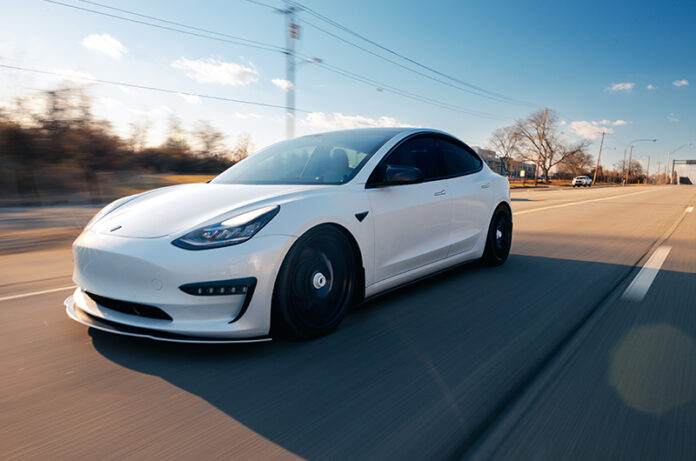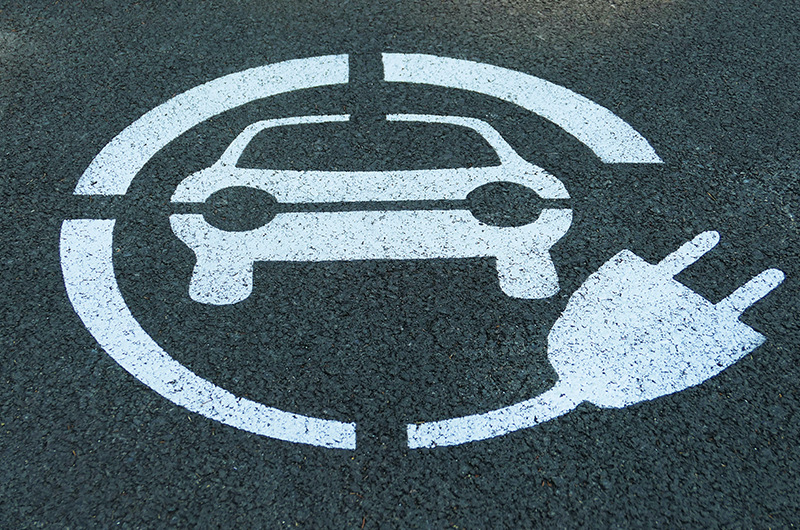The age of the electric vehicle has arrived, and with it comes the requirement for the development of new charging technologies if the so-called “green transport revolution” is going to be successful. This article explores the various developments that have taken place in the electric vehicle (EV) industry over the past few years, as well as what consumers can anticipate for the foreseeable future.
There will soon be a new generation of electric vehicles, and the success of these vehicles (in terms of how widely they are adopted) will be dependent on the development of new charging methods.
The International Energy Agency predicts that the number of electric vehicles would increase from 3 million to 125 million by the year 2030. This would translate to an annual sales rate of approximately 44 million automobiles. As vehicles fueled by fossil fuels are being phased out in favor of electric vehicles, there is a pressing need for an increase in the number of charging stations that are accessible to motorists.
Connectors at charging stations come with a selection of different adaptors, allowing the stations to conform to a wide range of industry standards. For instance, direct current quick charging, which is the standard that has been accepted the most frequently, makes use of a variety of adaptor chargers such as combined charging system (CCS), CHAdeMO, and AC fast charging.
In this section, we will examine the top five developments that have already been made in the field of charging electric vehicles.
Electric Vehicles Wireless Charging Station
Inductive charging technology is utilized by both wireless chargers for electric vehicles and wireless chargers for mobile devices like cell phones. A second magnetic coil is attached to the underside of the car. The first magnetic coil is located in the charger, which is buried beneath the road surface.
Electricity is transferred from the charger to the vehicle through an air gap. To start the charging process, drivers need to park their vehicles in a location that allows the coils to be adjusted. It was possible to park the vehicle a few inches away from the charging point while still having access to the vehicle.
Self-Heating Batteries
The researchers were able to create a battery that could “self-heat” in order to prevent the power drain caused by temperatures below freezing under extreme weather situations. When lithium-ion batteries are charged at temperatures lower than 10 degrees Celsius, a phenomenon known as “lithium plating” can occur. This phenomenon leads to a decrease in cell capacity as well as voltage spikes and harmful battery conditions.
On the other hand, batteries that heat themselves on their own have the ability to rapidly heat up and cool down in order to create the ideal conditions for charging and to safeguard themselves against the damage that is typically brought on by keeping the battery at a high temperature for an extended period of time.
Lamp post
It is believed that there are 90 million lampposts in Europe alone; nevertheless, the vast majority of them are resources that are not being utilized.
The European Union (EU) has high aspirations of transforming 10 million lampposts into intelligent electric vehicle charging lampposts. Every single one of them will have Wi-Fi connectivity hubs installed in their design. Sadly, it possesses sensors for monitoring air quality, water level, and flood monitoring, in addition to having the ability to control smart lighting.
It is stated that electric lamp post chargers may be erected rapidly and easily relocated dependent on the level of demand in a given area, which makes them a potentially cost-effective method for expanding the infrastructure required to charge electric vehicles.
Electric roads
While most technologies for charging electric vehicles require the vehicles to be parked, a pilot project in Sweden investigated the feasibility of charging electric vehicles while they were in motion using electrified highways. The group responsible for the eRoadArlanda project in Sweden, which is supported by the state, is responsible for installing electric rails in the asphalt of a road network that is around 1.25 miles long and is located near Stockholm.
When a vehicle drives above an electric rail, a movable arm on the vehicle detects where the rail is located in the road and begins charging the rail automatically. Functions in a manner analogous to that of trams, however rather of being powered by an overhead line, it receives its energy via conductive feeds from the roadway below. When the vehicle passes another or comes to a complete stop, the charging process is terminated.
Even with all of these advancements in the electric vehicle charging arena, the automobile industry still has more opportunity to alter the charging infrastructure. Research and development (R&D) is receiving consistent investment from companies as they work toward the launch of innovative and effective charging solutions. eInfochips, a company that has been around for more than a decade in this age of rapid technological innovation, has been offering technical services to the automotive industry.
Pop-Up Chargers
The development of a pop-up electric vehicle charger, which can be activated remotely using a mobile app on a smartphone, is an innovation that has the potential to reduce the amount of clutter on city streets. An electric vehicle (EV) charging startup based in London called Urban Electric Networks has designed a bollard-like on-street charging station called the UEone that can retract into the ground when it is not in use.
In the month of November 2019, as part of a trial, six pop-up chargers delivering fast charging measuring up to seven kilowatts (KW) each were erected in Oxford. The company expects to commence commercial manufacture of the product in the year 2021.
They assert that there will be no financial burden placed on local authorities for the purposes of installation, supply, operation, or upkeep. In addition, the chargers would be built in clusters rather than as individual charge sites in order to minimize the amount of pavement that would need to be torn up during the installation process.








